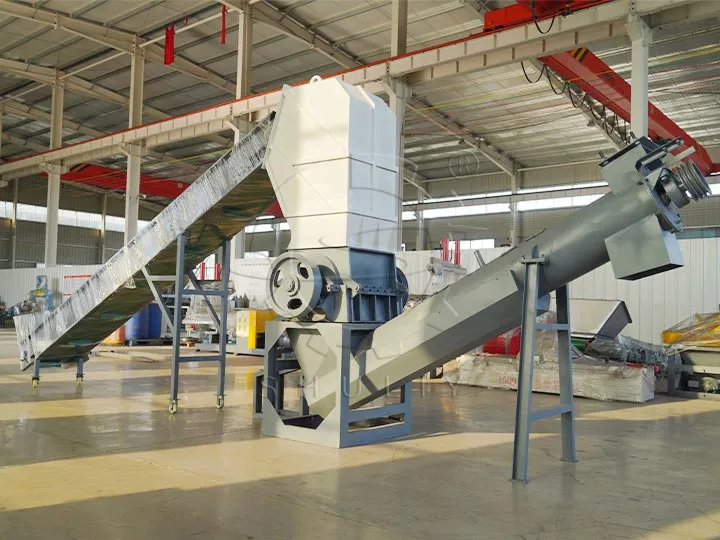
Penghancur sampah plastik memainkan peran penting dalam daur ulang plastik dan merupakan alat yang berguna untuk mendaur ulang semua jenis sampah plastik. Dengan polusi plastik yang menjadi pusat perhatian global, menemukan solusi daur ulang plastik yang efektif menjadi semakin mendesak dibandingkan sebelumnya. Sangat menarik untuk melihat munculnya penggiling daur ulang plastik telah memberikan cara berpikir baru tentang daur ulang plastik.
Pengendalian serbaguna dari penghancur skrap plastik
Mesin penghancur sampah plastik memiliki kemampuan untuk menangani berbagai jenis sisa plastik, sehingga menjadikannya alat yang sangat fleksibel dan mudah beradaptasi. Penghancur skrap plastik mampu menangani berbagai macam bahan plastik umum seperti polietilen (PE), polipropilen (PP), polivinil klorida (PVC), dan banyak lainnya. Baik itu wadah plastik bekas, bahan kemasan, atau limbah dari proses produksi, penghancur sampah plastik dapat secara efektif menghancurkannya menjadi bahan butiran yang cocok untuk diproses selanjutnya. Hal ini menjadikan mesin penghancur sampah plastik menjadi bagian penting dalam daur ulang, regenerasi, dan pemrosesan plastik.
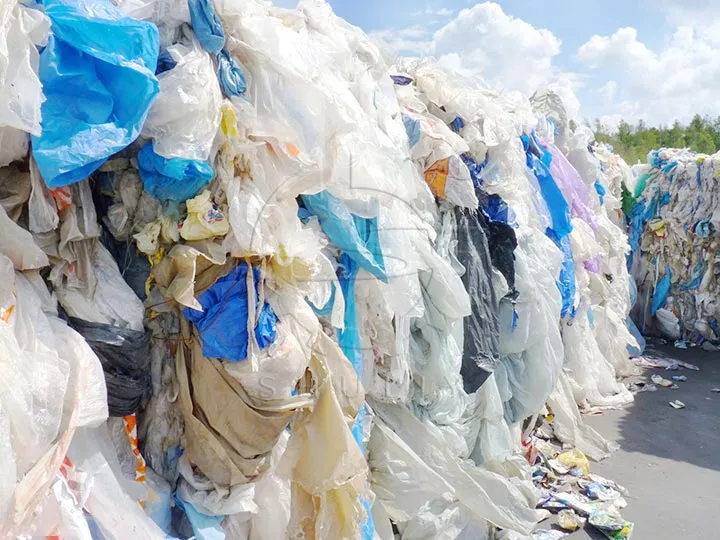
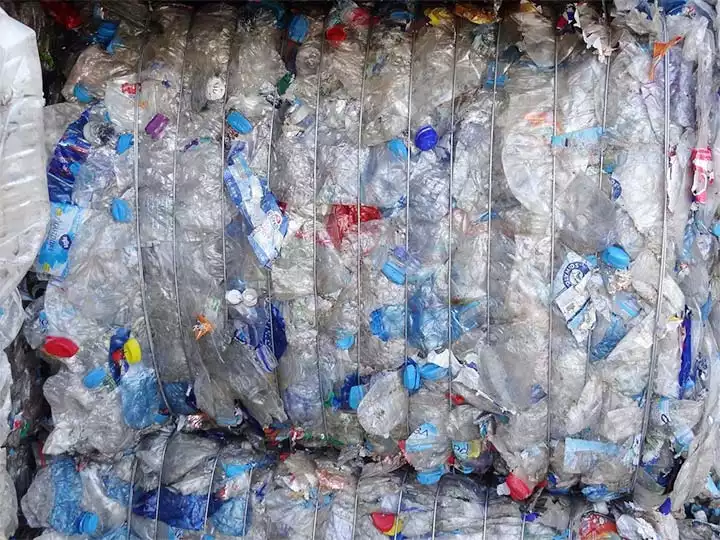
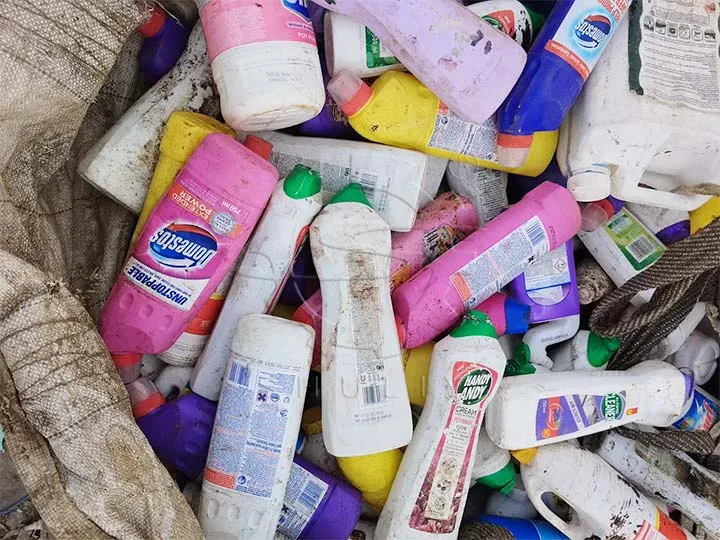
Mesin penghancur sampah plastik mendukung pengurangan ukuran plastik
Fungsi utama penggiling daur ulang plastik adalah untuk memotong benda-benda plastik berukuran besar menjadi potongan-potongan kecil yang mudah ditangani. Potongan-potongan kecil yang hancur ini, sering disebut sebagai serpihan atau partikel, lebih mudah ditangani. Tindakan ini tidak hanya memfasilitasi transportasi dan penyimpanan tetapi juga membuat proses daur ulang di hilir menjadi lebih lancar. Penghancur sampah plastik membuka jalan bagi transisi dari sampah plastik menjadi bahan daur ulang yang berharga.
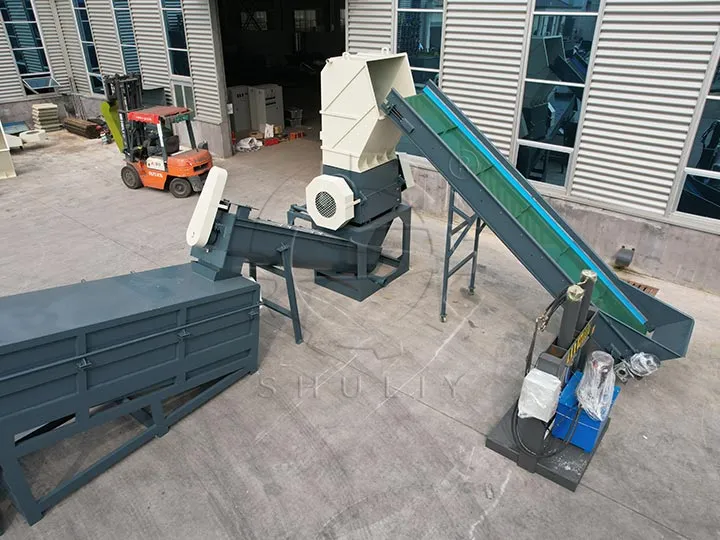
Penghancur skrap plastik memfasilitasi granulasi
Mesin penghancur sampah plastik memfasilitasi granulasi plastik dengan menghancurkan wadah plastik besar atau bekas secara efisien dan mengubahnya menjadi serpihan. Serpihan plastik yang diolah lebih mudah untuk dimasukkan ke dalamnya mesin pelet plastik untuk peleburan dan ekstrusi. Kehadiran penghancur skrap plastik sangat meningkatkan efisiensi pembuatan pelet plastik dan juga memastikan keseragaman dan stabilitas kualitas pelet jadi.
